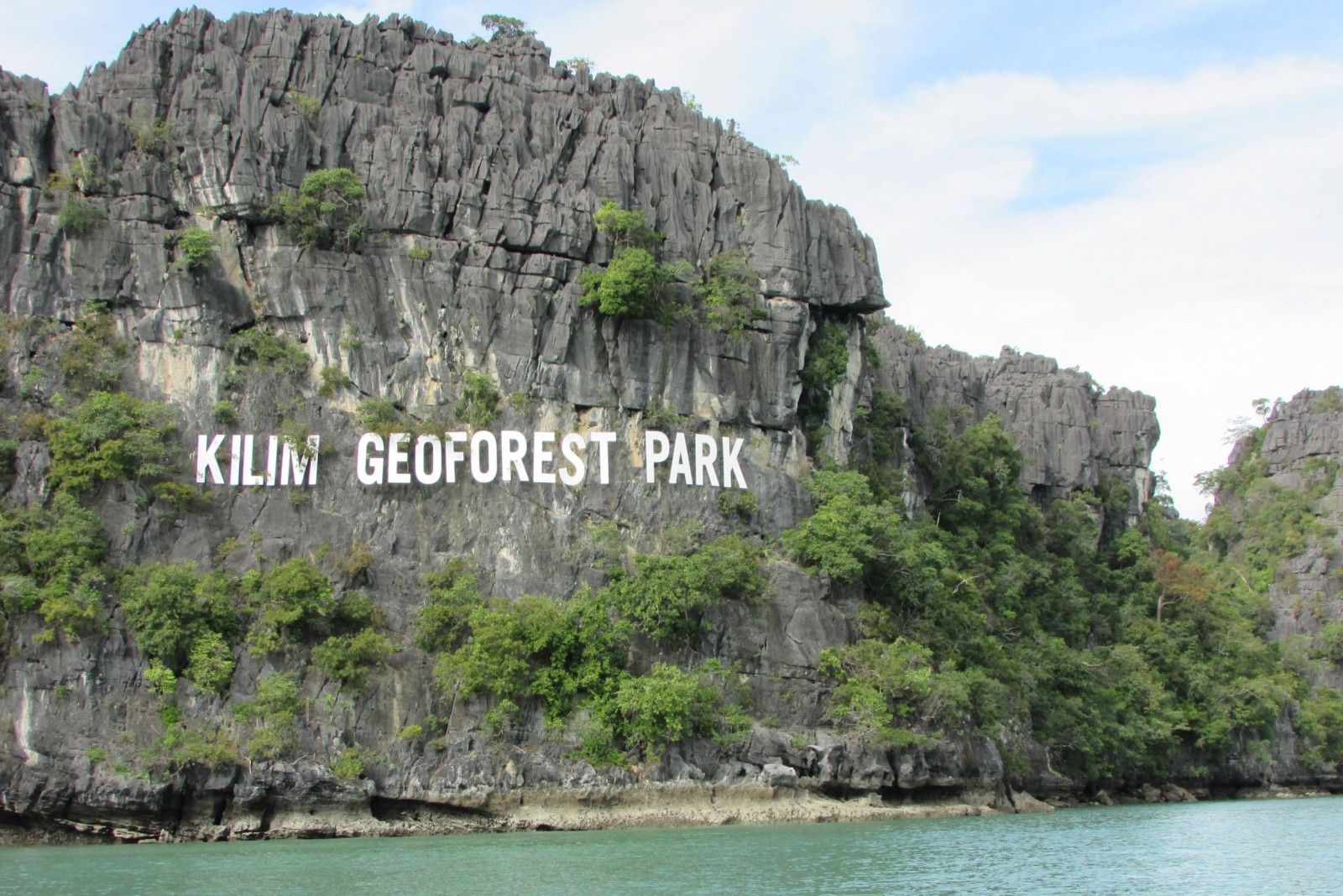By #TEAMMAYLEE
alltherage@thestar.com.my
LANGKAWI may seem picture-perfect to tourists enjoying the island life, but little do they know, behind the lush mountains and sandy beaches lies a growing problem.
With the booming tourism industry came an increasing amount of pollution, which has led to environmental issues, especially in the mangrove forests.
These forests, which line the banks of the Kilim River in the Kilim Geoforest Park, act as a safe haven for small fishes and other marine life before they venture out into the sea.
The muddy ground also acts as a water filtration system, breaking down chemicals and pollutants in the water before it flows on seawards.
However, this delicate balance is in danger of being destroyed.

The Rotary Club of Langkawi strives to keep the mangrove forests along the Kilim Geoforest Park clean, organising annual mangrove cleanup drives. — Photos: #TEAMMAYLEE/BRATs
“What we need to realise is that you don’t have to physically throw rubbish into the forest for it to end up there,” said Mohd Zaid Hamzah, environmental project manager at the Malaysian Nature Society. “If you throw a plastic bag in the Klang River, it will end up in the mangrove forest.”
Plastic bags aren’t even the worst of it.
“Last year, we picked up full sofa sets, tables, big huge tyres and lots of other stuff you would not expect to find in a mangrove forest,” said Sunil Maniar, treasurer of the Rotary Club of Langkawi, which organises annual mangrove clean-ups.
Sunil said Malaysians are still not educated enough about pollution.
“They are not aware of the effects of what they are doing to the environment, so it’s going to take a lot of work to get the message through to them,” he said. “We also need to educate them on how to save the environment.”
The mangrove forests are part of Langkawi’s unique ecology, formed more than half a billion years ago, long before Mount Everest’s peaks reached their current heights. But they could very easily be wiped out in decades if the locals’ attitudes remain the same.
The Avicenna species of mangrove trees, locally known as api-api, have distinctive roots that stick out of the ground. These trees are very susceptible to pollution, as rubbish choking their roots can cause them to die.
“Those roots are like our respiratory system,” said Zaid. “Once they’re covered in trash, the trees suffocate and die.”
Rubbish aside, the oil from tour boats leave a film on the water that coats the mangrove roots, slowly killing the forest.
Dr Sandra Ramasamy, who is also a member of the Rotary Club of Langkawi, feels Malaysians must develop a positive perception toward keeping the environment clean if any change is to be made.
“We’re trying to make an effort but at the same time, we cannot implement many major changes (without help from authorities), aside from raising awareness and conducting our yearly clean-ups,” she said.

Dr Sandra Ramasamy said that until action is taken on a larger scale, small organisations like the Rotary Club of Langkawi wouldn’t be able to make much change.
Starting small
Organisations like the Rotary Club of Langkawi have started mangrove replantation efforts, but that is not enough.
“It’s great to know that people are starting to do more replanting,” Zaid said.
“But the rate of trees that survive is only maybe 50% to 80%, depending on where they are planted.”
It’s clear that while replanting trees is great for awareness – “especially for the kids, because they become emotionally invested in the environment,” said Zaid – what’s truly needed is for the pollution to stop.
This problem has to be tackled by both the authorities as well as the public.
The authorities need to step up their game and take action against those who are ruining the ecosystem to set an example for others, said Sunil.
“They need to enforce their rules on locals as well as tourists, emphasising the importance of keeping the mangroves clean at all times,” he added.
But while it is undoubtedly the authorities’ job to make and enforce laws that cut down on pollution, it’s important to remember that everybody plays a part.
“What we can also do is start with the younger generation, by getting them to join awareness programmes so they know about the issues at hand,” he said.
“We can start small and encourage them to clean up the environment surrounding their schools or houses. This is the first step to awareness.”
Zaid recommends people start reporting any activity that harms the environment to the authorities. “It’s important to know where to turn to when you see something is wrong. Saving the environment is a community effort.”
But awareness programmes and efforts galore aside, in the end, it always boils down to attitude.
“The general feeling is that this is not our home, so we can throw rubbish and walk away because someone else will pick it up. That mindset has to change right this minute,” Sunil said emphatically.
“Treat your environment the same way you treat your own home.”

Sunial Maniar is concerned that the ecosystem will go beyond the edge of no return if the current generation doesn’t do its part.
This story was written by some of the participants of the 2015 BRATs Year-End camp in Langkawi who were given a tour of the Kilim Geoforest Park by the Rotary Club of Langkawi. To find out more about the attractions they visited in Langkawi, go to rage.com.my/brats.














Tell us what you think!